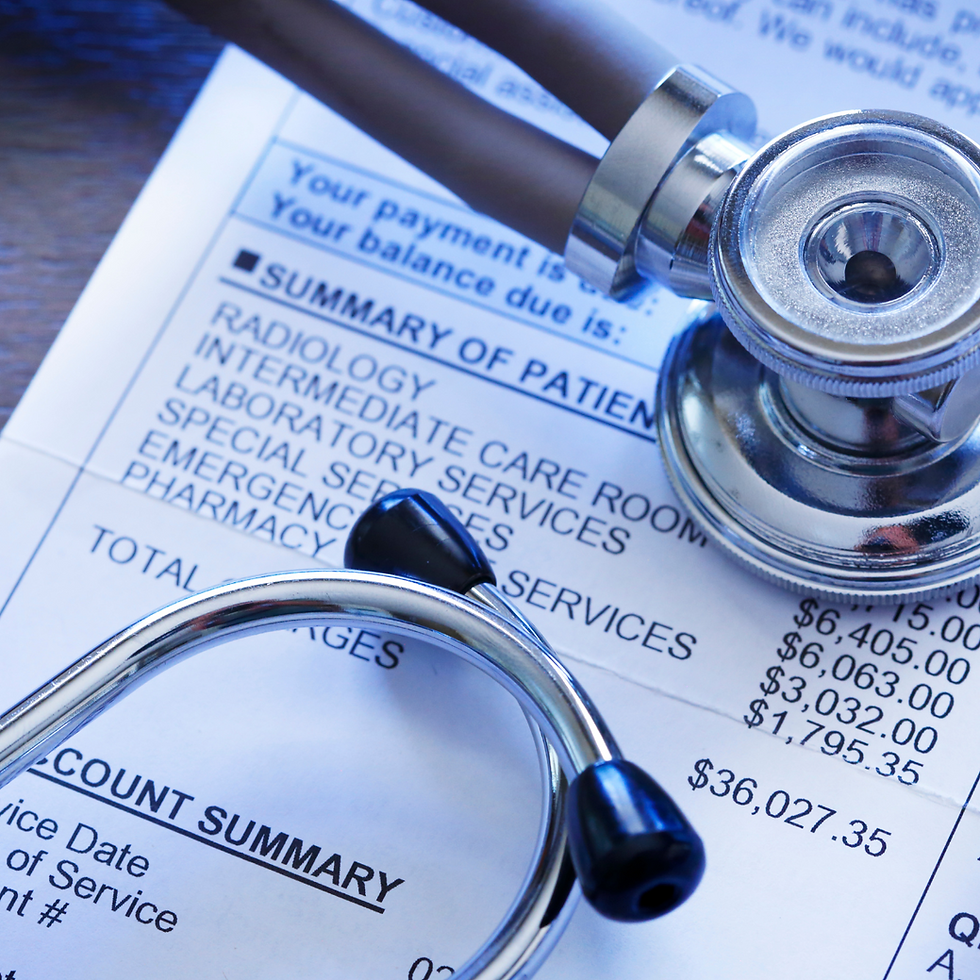Eight Critical Steps You Need to Take If You’ve Been in a Car Accident
- Ann Sheeley
- Feb 9, 2018
- 3 min read
Updated: Oct 17, 2023

Car accidents happen all too frequently. Every time you step foot into a car or truck, or hop on a motorcycle, you are at risk. It’s not something we like to think about, but the chances of any one of us being involved in a crash – at some point during our lifetime – are off the charts high. In fact, the U.S. Department of Transportation’s National Highway Traffic Safety Administration says statistically, the average driver gets in three to four accidents in their life and has a 30 percent chance of suffering a serious motor vehicle accident, injuries resulting.
Even the most safe and attentive drivers can’t protect themselves against all the variables, including hazardous weather conditions and other drivers that share the road. When an accident occurs, it leaves everyone involved nervous and confused. In my 25 years of practicing law with specialized expertise in Personal Injury, I can safely say that most people do not know all the actions they should take immediately following an accident. That is why I have compiled the following critical steps, which can make a real difference in your outcome. I recommend that you keep a copy of these eight critical steps in the glove compartment of your car!
What To Do Immediately Following an Accident:
Assess yourself and the situation. Are you or any of your passengers injured?
Call 9-1-1 and request police to the scene. If there is even the slightest possibility of injury, request an ambulance, as well. You will most likely be in shock after you have been in an accident and may not realize the extent of your injuries, but it is important to seek medical attention. Often times, injuries do not surface until days after an accident. Even if an ambulance is not required on the scene, it is recommended you get checked out in the emergency room. If the accident is not your fault and you are injured, you may hurt yourself and your case if you do not seek medical help in a timely manner.
Ensure your safety. If the accident is minor and no one is injured, you should move your vehicle out of traffic and to a safe location in close proximity to the scene. If there are injuries but the vehicles are not in harm’s way, do not move the vehicles and wait for the police. If you or your passenger(s) are injured, stay in your car and wait for the paramedics to arrive.
Do not discuss the crash with the other driver and do not apologize or admit fault. Importantly, do not provide a formal statement without speaking first to your attorney.
Contact an experienced Personal Injury Attorney if you believe the other driver is at fault and you have sustained injuries. Your lawyer will work with you so that you can receive the settlement you are entitled to and deserve, as opposed to what the insurance companies will do, which is try to convince you to settle for less.
If there were witnesses and you are able, obtain their contact information, as your attorney may need to contact them. Also, take note of where the accident occurred, including nearby landmarks and cross-streets.
If possible, take photos of the accident scene. In some cases, photos are the only way to provide the evidence you need to support your claim. This is especially true if it’s winter and your accident occurred during a storm as tire tracks and skid marks can disappear quickly.
Stay off social media. I cannot stress this enough. This goes far beyond telling your “friends” and “followers” that you were just in an accident. It is critical that you avoid any kind of posting, sharing or commenting on even unrelated topics until your Attorney advises otherwise. I’ve seen my fair share of posts by accident victims. Guess who else monitors those posts? Insurance companies. Social Media can destroy even the strongest of cases, as insurance companies will attempt to use even the most innocent of comments to raise doubt about the extent of your injuries and the validity of your claim.





Comments